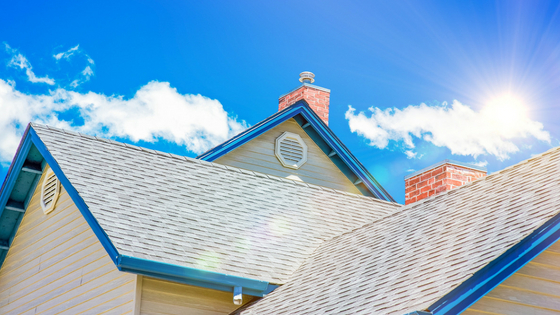Help! There’s a Squirrel in My Attic!
Thanks in part to Walt Disney, people, especially kids, have come to view squirrels as cute little furry creatures with fluffy tails. In their natural habitat (the woods), squirrels can be quite entertaining to watch as they go about their daily activities which translate into cute little antics in human eyes. However, when they populate residential areas, they can cause significant property damage.
Below is a list of ways by which a squirrel family residing in or near your property can affect your home:
- In building their nest in your attic, squirrels will resort to chewing openings to facilitate easy movement in and out of your home. This means possible damage to your sidings, underneath the eaves, chimneys and vents.
- While nesting in your home, they can end up chewing cables, insulation, electrical cables and wires, thereby posing serious fire and electrical hazards to your home, endangering you, your family and property.
- Their tendency to run along cables and utility power lines can short out transformers leading to unexpected and unwanted power failure or interruption in your neighborhood.
- Their incessant gnawing can lead them to bite into beams which can potentially endanger the structural integrity of your roof as well as other parts of your house.
- In hunting for food, squirrels can wreak havoc on your garden and landscaping, chewing through bark, twigs and shrubbery, ruining fruits, nuts and grains ready for harvesting, and cutting short the life of newly planted bulbs and seeds/seedlings.
And although squirrels do not pose the same health risks posed by other rodents such as mice and rats, they can also transmit diseases such as rabies, leptospirosis and salmonella.
What can you do to protect your property from squirrels?
- If you have bird feeders that squirrels are particularly fond of (they can steal the seeds or bird feed), apply petroleum jelly to make climbing difficult, or install a wraparound squirrel baffle to beat them at their own game. Remember, squirrels can jump from heights of 11 feet and leap from below from 4-7 feet, so keep this in mind when you plan to outsmart them.
- Squirrel-proof your garden with the right materials, depth and height. You may even need to resort to electrifying part of your fence line to prevent the entry of more determined squirrels.
- Trim the branches off trees to keep your house out of squirrel jumping distance. Cover vents and chimneys with mesh screens from any wildlife forms (including squirrels) from using them as their entry/exit points. Request the electrical company to install plastic PVC pipe slit strips over the lines to counteract animal attempts at crossing them.
But yes, you can only do so much on your own.
So, if ever you’re plagued by a moment when all you want to do is scream: “Help, there’s a squirrel in my attic!” then it is high time to engage the pest control authorities.
They’ll know exactly what to do, and nip the problem in the bud for good, too.
Help! There’s a Squirrel in My Attic! Professional Pest Control Services in Tracy CA
Serving

